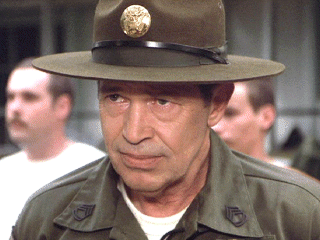mgonitzke
Well-known member
Cooling is directly proportional to engine RPM on an air-cooled engine. Mowing at partial throttle puts a higher load on the engine relative to the power it is capable of producing at that RPM (which, assuming you aren't creeping along at 0.1 mph, is probably nearly the same amount of power required to do the job as if you were operating at wide open throttle), but now with half to three fourths of the cooling capability. You are working the engine harder and hotter by running it at partial throttle under load. It is designed to be run under load at full throttle, and should be operated in this way.
















































